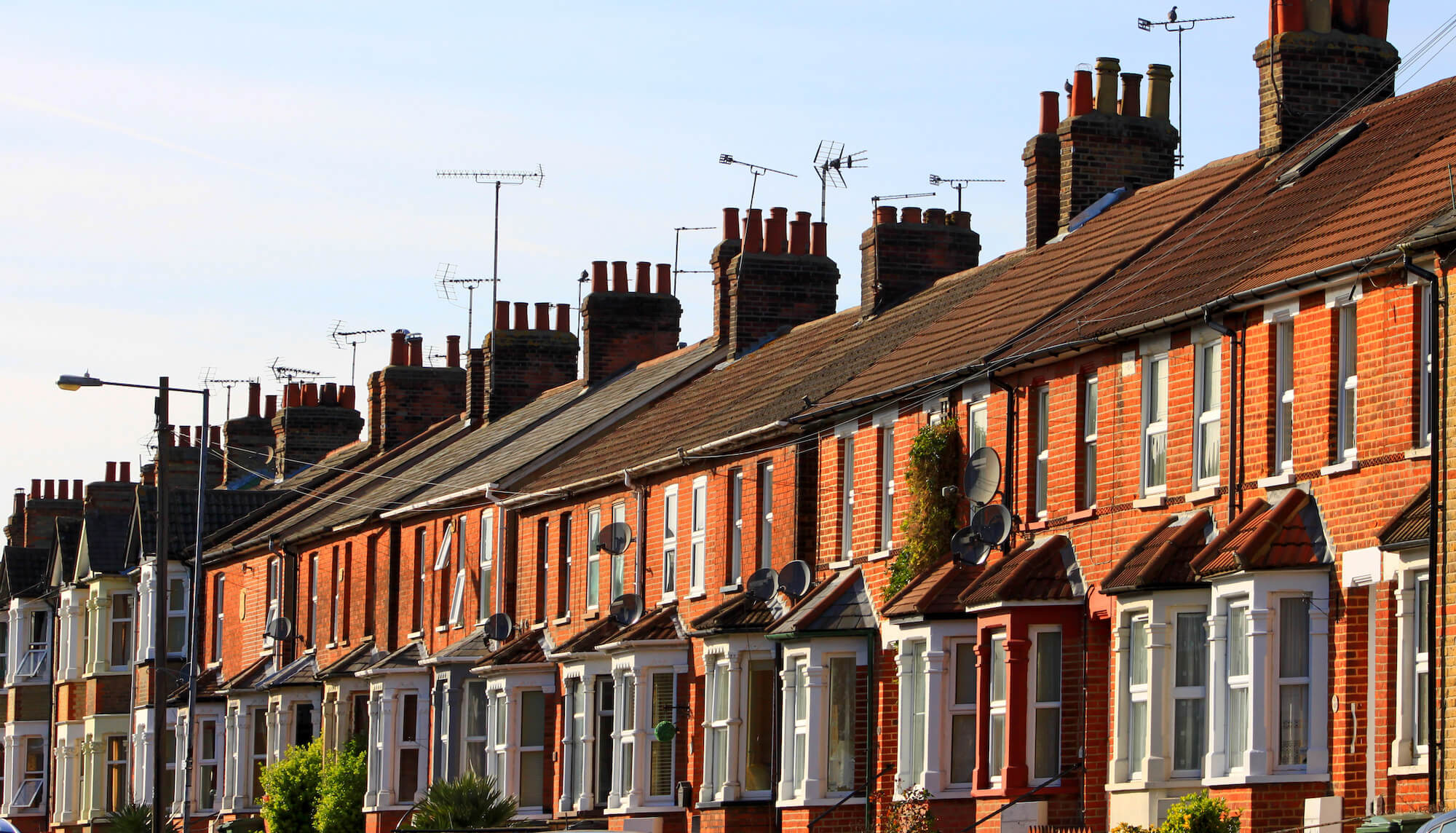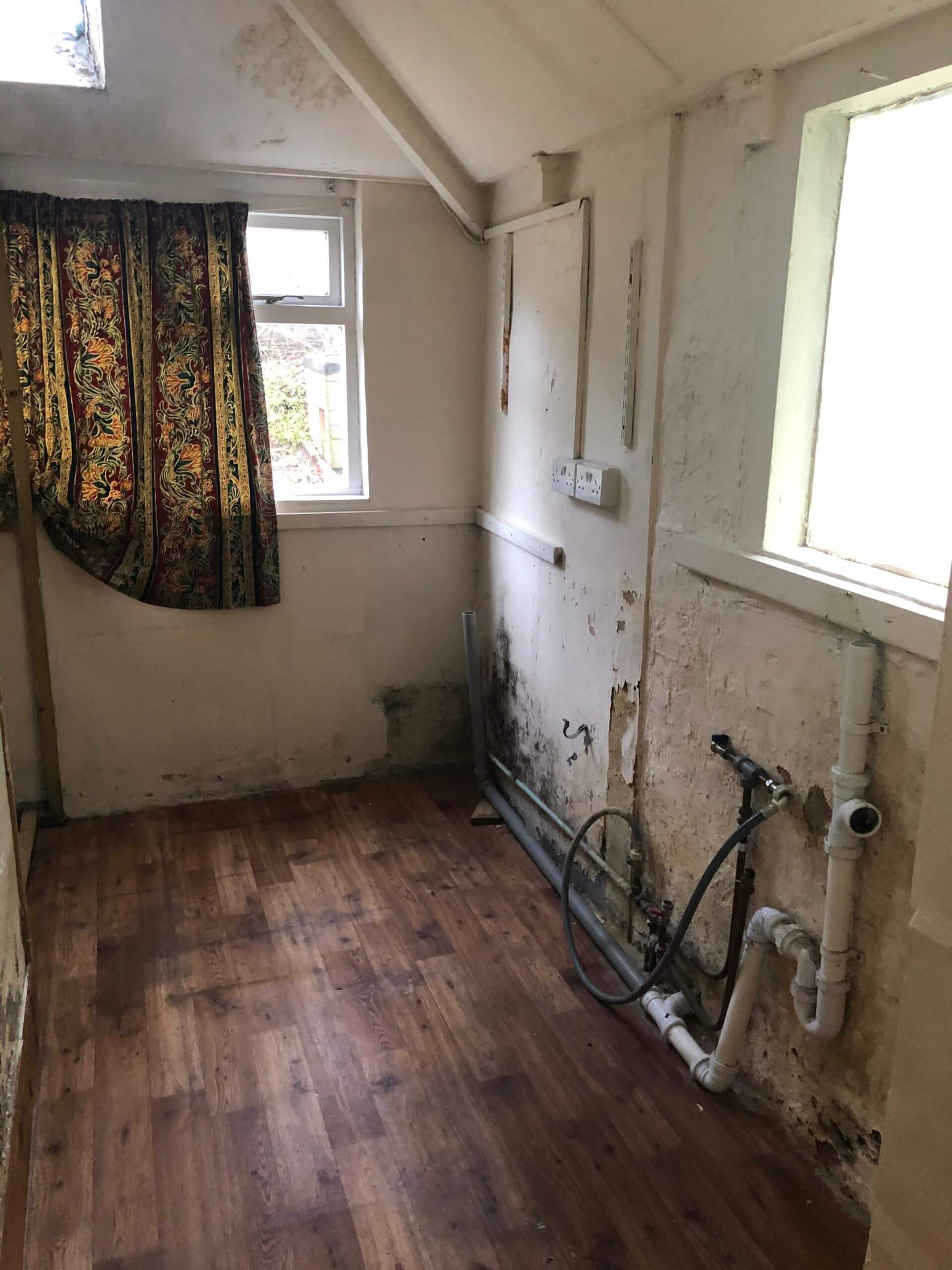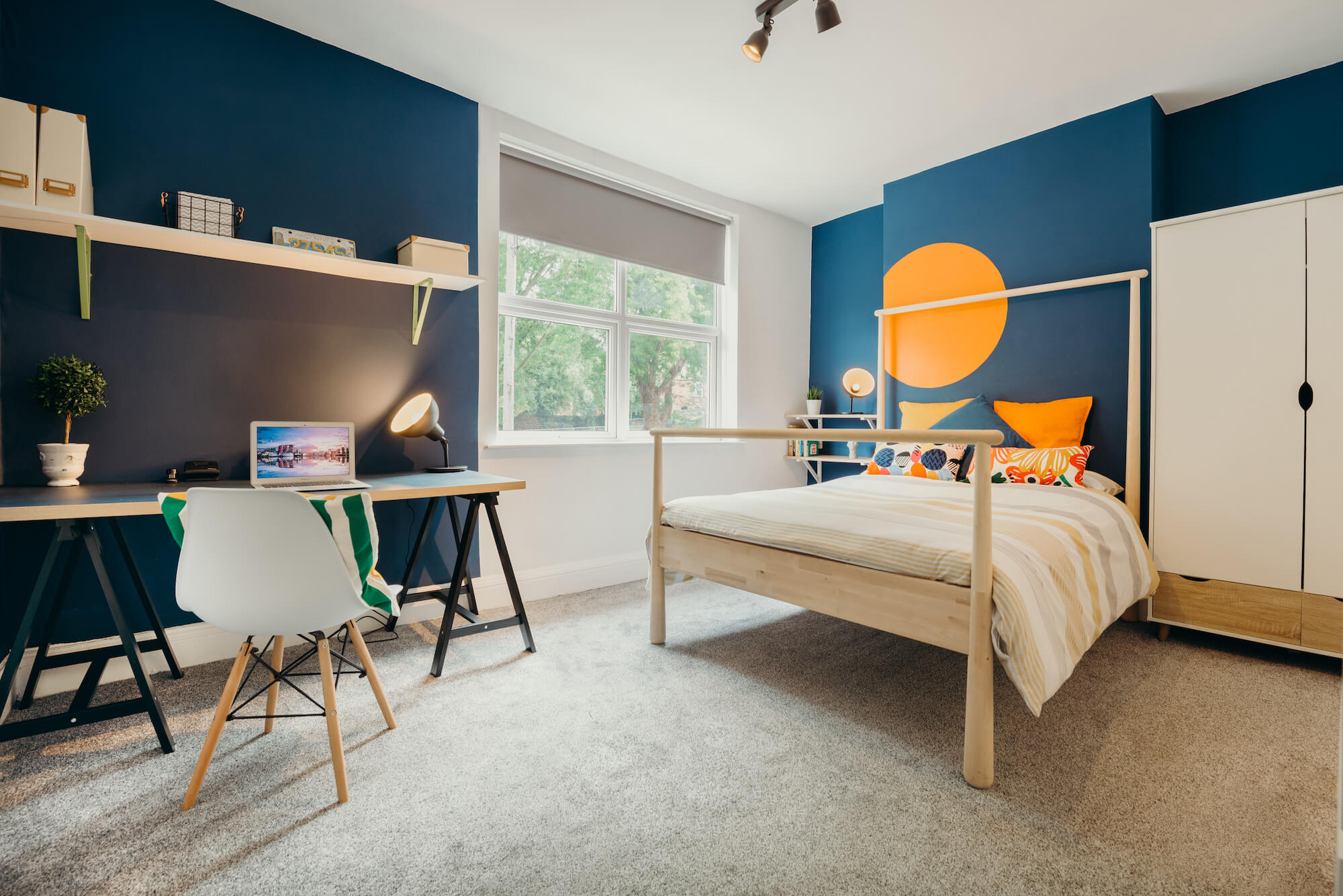Manchester Tops City Property Increases
Property prices in Manchester over the past two decades have risen higher than in any other city in the UK – including London.
A new study shows that house prices in Manchester jumped an incredible 143% from the start of the millennium to this year. Second highest property price rise was in Leicester, with 132% and third, Southend-on-Sea in Essex with a 117% increase.
In practical terms it means home buyers who were paying an average £73,910 for a property in the Manchester back at the turn of the Millennium are today having to fork out £179,537 for that same property. In Leicester the jump was from £82,118 to £190,440, and in Southend-on-Sea the average house started out costing £132,239 in 2000 and is now worth around £287,173 on average.
Greater London showed biggest regional increase
The analysis was carried out by Ocean Finance, who based their findings on figures produced by the Office of National Statistics (ONS). In terms of regions, Greater London has the biggest property increase with 95%, followed by the East Midlands and Yorkshire (both on an equal footing with 87%). The North of England and Northern Ireland fared worst in the regional category.
House prices in London fared fourth highest
Meanwhile, other cities who made the top ten list for increased property values, included (in order): City of London (116%), Bristol (£112%), Kingston upon Hull (102%), Cambridge (101%), Brighton (98%), Derby (96%) and Coventry (95%).
Terraced homes more likely to rise
Interestingly, terraced homes are more likely to rise highest in value (96%) than even detached bungalows. The latter have the third highest rise with a 70% increase. Semi-detached houses increased in value by 84% and flats or maisonettes, by 69%.
The average cost of a home in England and Wales at the moment is £245,000, and £496,000 in London. Values are expected to remain steady – and even grow – between now and March 2021.
But it’s believed they will start to fall by the fourth month of 2021 – in line with the end of Chancellor Rishi Sunak’s Stamp Duty Holiday. The latter means savings of up to £15,000 on a property worth £500,000 or less. Increasing unemployment will also see the property market slowdown.
According to some analysts – judging by the fall in sales for October, according to the Halifax Price Index – analysts believe this may already be happening. Rightmove, meanwhile, recorded a small drop in property values during November. Despite this, more homeowners (27%) believe their property will be worth more in 12-months’ time, than those who don’t. This is especially the case if they own a house rather than a flat. Apartments, it appears, are going out of favour, with houses and gardens far more likely to appeal to new buyers and those downsizing or moving to a larger family home.
We stay in the one house for 23 years
Data, from the government’s Land Registry, also shows that we tend to move after a couple of decades – or rather 23 years. Within that time our property has usually gained around £96,979. Fittingly, that’s around three times the value of the average UK salary.












